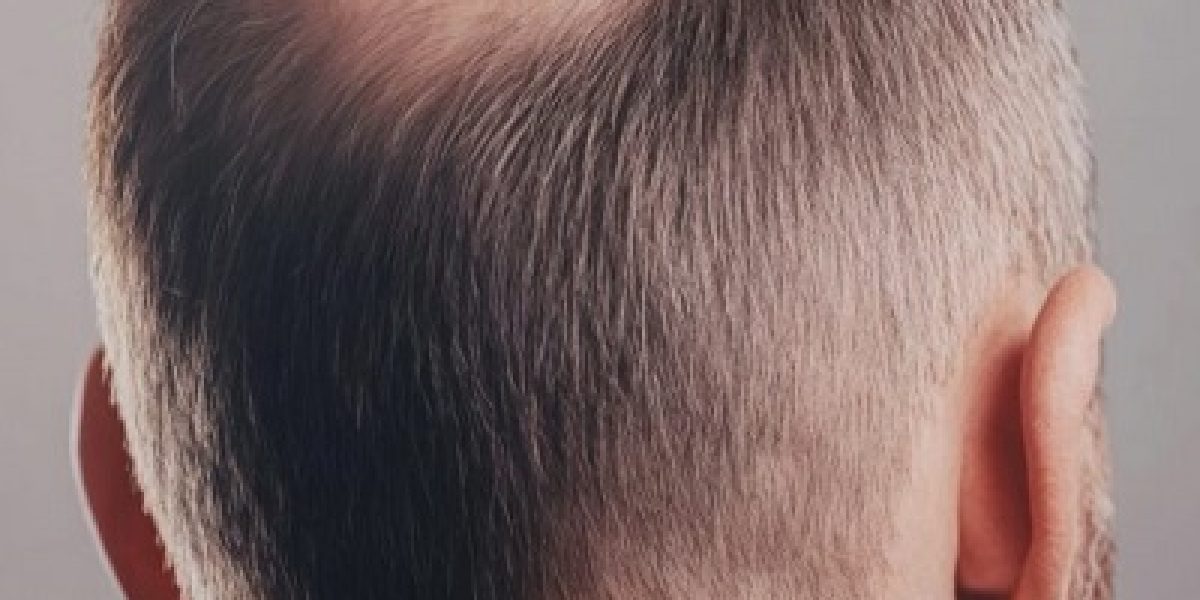A crown hair transplant in Islamabad is an effective solution for those experiencing hair loss at the back of the scalp. While the procedure itself is straightforward, the recovery process takes time and requires patience. Understanding what to expect at each stage of recovery can help you manage your expectations and take the necessary steps to ensure optimal hair growth.
Immediate Post-Transplant (0-7 Days)
The first week after your crown hair transplant is critical for healing and the survival of the newly implanted grafts. Here’s what you can expect:
Day 1-3:
- Mild swelling and redness around the transplanted area and donor site.
- Small scabs forming around the implanted follicles.
- Tenderness and minor discomfort in the treated areas.
- Sleep with your head elevated to reduce swelling and prevent disturbing the grafts.
- Avoid touching or scratching the scalp to protect the transplanted follicles.
Day 4-7:
- Scabs will start drying and flaking off naturally.
- Itching may develop as the scalp heals—resist the urge to scratch.
- Your doctor may allow you to gently rinse your scalp with a mild shampoo.
- Avoid sun exposure, excessive sweating, and strenuous activities.
Week 2-4: Initial Healing and Shedding Phase
After the first week, the transplanted follicles enter a temporary resting phase. During this time:
- The remaining scabs will completely fall off.
- The shedding phase begins (shock loss), where some transplanted hairs fall out—this is normal.
- The scalp may feel dry or slightly flaky.
- Continue gentle washing but avoid scrubbing the scalp.
This shedding is not a sign of transplant failure—the roots remain intact and will soon start new growth.
Month 2-3: Dormant Phase
The second and third months can feel discouraging because:
- The transplanted hairs are still in the resting phase.
- Hair growth may seem slow or non-existent.
- Some native hair in the crown may also thin out temporarily due to shock loss.
During this stage, patience is key. The real growth will begin soon.
Month 4-6: Early Growth Phase
By the fourth month, the transplanted follicles start producing new hairs:
- Fine, soft hairs will begin to emerge from the scalp.
- The hair may appear thin and uneven, but this is temporary.
- Continue using gentle hair care products.
- Some people may notice itching and slight irritation as new hairs push through the skin.
- PRP (Platelet-Rich Plasma) therapy may help speed up growth.
Month 7-9: Noticeable Improvement
During this period, you will see significant hair growth:
- The new hair will become thicker and stronger.
- The crown will start looking denser and fuller.
- You can begin regular haircuts, but avoid excessive heat or chemical treatments.
- If prescribed by your doctor, Minoxidil or Finasteride can help maintain results.
Month 10-12: Final Stages of Growth
By the one-year mark, most patients achieve 80-90% of their final results:
- The new hair blends naturally with surrounding hair.
- Full density and volume become more apparent.
- Any lingering redness or sensitivity should subside completely.
- The crown area may still be improving in thickness.
12-18 Months: Full Results
By 18 months, you will see the final outcome of your crown hair transplant:
- Hair will be thicker, healthier, and fully grown.
- The crown area should match the rest of your scalp in density.
- You can style, cut, and treat your hair as usual.
Post-Transplant Care Tips for Faster Recovery
To maximize your results and support hair growth, follow these care guidelines:
1. Follow Your Surgeon’s Aftercare Instructions
- Avoid harsh shampoos and hair products in the early months.
- Keep your scalp clean and moisturized to promote healing.
- Take prescribed medications like antibiotics or anti-inflammatory drugs as directed.
2. Maintain a Healthy Diet
- Eat protein-rich foods (chicken, eggs, fish) to strengthen hair.
- Increase iron and biotin intake for faster hair growth.
- Stay hydrated to support overall scalp health.
3. Avoid Smoking and Alcohol
- Smoking restricts blood flow to the scalp, slowing down healing.
- Alcohol can cause dehydration and inflammation, negatively affecting hair growth.
4. Be Gentle with Your Scalp
- Avoid scratching, rubbing, or pulling on new hair.
- Use a wide-tooth comb to prevent unnecessary stress on follicles.
5. Protect Your Scalp from the Sun
- Direct sun exposure can damage delicate grafts.
- Wear a loose-fitting hat or use sunscreen if recommended by your doctor.
6. Consider PRP Therapy for Faster Growth
- Platelet-Rich Plasma (PRP) therapy can improve blood circulation and accelerate hair regrowth.
Final Thoughts
Recovery after a crown hair transplant requires patience and consistency. While the first few months may feel slow, full results typically become visible within 12-18 months. By following the right aftercare routine and maintaining a healthy lifestyle, you can ensure that your new hair grows strong and natural-looking. If you have concerns about your progress, consult your hair transplant surgeon for personalized advice.












